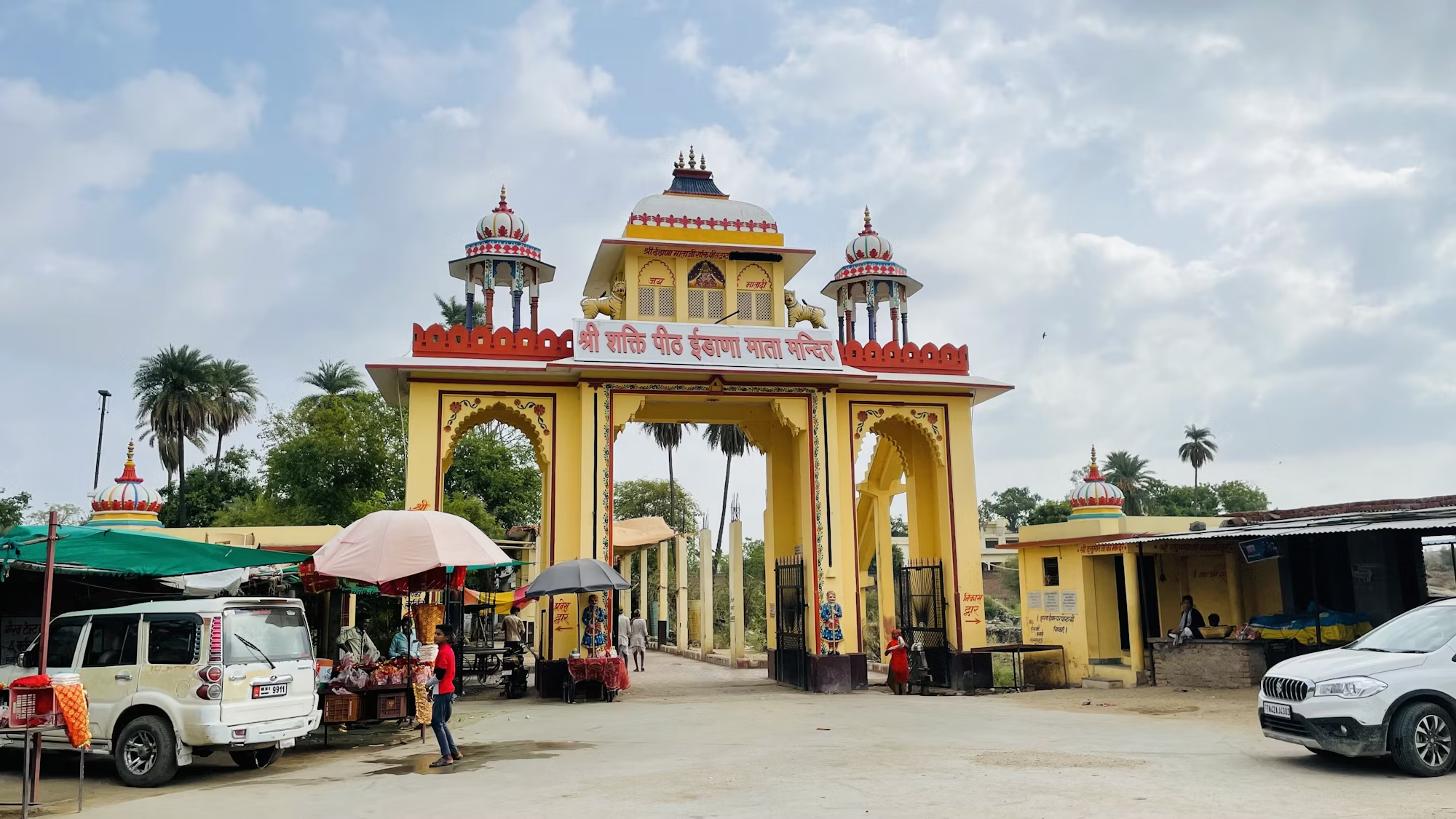In recent years, the conversation surrounding representation in film has gained significant momentum. As audiences become more aware of the narratives they consume, the demand for diverse voices and stories has never been more pronounced. Representation in cinema is not merely about including various characters; it encompasses the authenticity of their stories, the cultures they represent, and the broader societal impact of these narratives. Historically, mainstream cinema has often sidelined minority groups, leading to a lack of authentic representation on screen. This absence has resulted in stereotypical portrayals that fail to capture the complexity of real lives and experiences. However, as filmmakers from diverse backgrounds gain visibility, the cinematic landscape is slowly transforming. Films like “Black Panther” and “Crazy Rich Asians” have broken box office records while showcasing rich cultural narratives, proving that audiences are eager for stories that reflect a broader range of human experiences. One of the most powerful aspects of diverse representation is its ability to foster empathy and understanding among viewers. When audiences are exposed to stories that differ from their own, they gain insights into different cultures, traditions, and challenges. This exposure can dismantle stereotypes and promote a more nuanced understanding of the world. For example, the film “Minari” provides an intimate glimpse into the lives of a Korean-American family as they pursue the American dream in rural Arkansas. The film’s portrayal of family dynamics, cultural identity, and the immigrant experience resonates universally, inviting viewers from all backgrounds to reflect on their own journeys and values. Additionally, representation in film can empower marginalized communities by giving them a voice and visibility. When individuals see their stories reflected on screen, it validates their experiences and fosters a sense of belonging. This visibility can inspire future generations to pursue their dreams, knowing that their narratives matter. In the animated film “Raya and the Last Dragon,” Disney showcases Southeast Asian culture through its characters and storytelling, providing representation for a community that has historically been underrepresented in mainstream animation. As audiences engage with these stories, they contribute to a cultural shift that celebrates diversity and encourages inclusivity. Filmmakers are increasingly recognizing the importance of authenticity in representation. Collaborating with writers, directors, and actors from the cultures being depicted ensures that the stories told are genuine and respectful. This commitment to authenticity enriches the narrative and creates a more immersive experience for the audience. For instance, the film “Roma” by Alfonso Cuarón not only highlights Mexican culture but also draws from the director’s own experiences, offering a poignant and personal portrayal of life in Mexico City during the 1970s. The film’s critical acclaim underscores the power of personal storytelling in cinema. Moreover, representation extends beyond ethnicity and culture; it encompasses gender, sexual orientation, and disability as well. The visibility of LGBTQ+ characters in films like “Moonlight” and “Portrait of a Lady on Fire” has sparked essential conversations about love, identity, and societal acceptance. These narratives challenge traditional norms and open the door for discussions about the complexity of human relationships. Similarly, films that feature characters with disabilities, such as “A Quiet Place” and “The Intouchables,” have broadened the representation of disability on screen, allowing audiences to engage with diverse experiences and perspectives. The impact of representation is not limited to individual films; it shapes the overall cultural narrative. As more diverse stories gain recognition and success, they pave the way for future projects that might have previously been deemed unmarketable. The success of films with diverse casts and stories signals to studios and investors that there is a demand for such narratives. This shift can lead to an increase in funding and opportunities for filmmakers from underrepresented backgrounds, resulting in a richer cinematic landscape. Festivals like Sundance and Toronto International Film Festival have become platforms for showcasing diverse films, providing filmmakers the opportunity to reach wider audiences. However, while progress has been made, challenges remain. The industry still grapples with issues of tokenism and the risk of oversimplifying complex narratives. It’s crucial for filmmakers to approach representation with sensitivity and depth, ensuring that characters are multi-dimensional and fully developed. Audiences are becoming increasingly savvy and discerning, demanding authenticity and depth in the stories they consume. As we move forward, it is essential to continue advocating for greater representation in all aspects of filmmaking, from casting to storytelling. This advocacy can take various forms, including supporting independent filmmakers, promoting diversity in production roles, and challenging industry norms. By encouraging a culture of inclusivity, we can foster an environment where diverse narratives thrive, ultimately enriching the cinematic landscape for everyone. The future of cinema is bright, with an expanding array of voices and stories ready to be told. As we celebrate the progress made in representation, we must remain vigilant in our pursuit of inclusivity. The stories we tell reflect our society, and diverse representation allows us to acknowledge and embrace the richness of human experiences. In conclusion, representation in film is a vital component of storytelling that influences both the industry and audiences alike. By highlighting diverse narratives, filmmakers can foster empathy, challenge stereotypes, and inspire future generations. The power of cinema lies in its ability to connect us, reminding us of our shared humanity while celebrating the unique experiences that make us who we are. As we continue to champion diverse voices, we pave the way for a cinematic landscape that truly reflects the world we live in, inviting audiences to experience the beauty and complexity of life in all its forms.



